Moving can be an expensive process, but what if you could pick up your life and try somewhere new with a little financial help? Some parts of the world are happy to assist if it means attracting skilled labor — with added benefits for the wider local economy and community. Check out these seven countries that offer financial incentives to relocate.
Spain
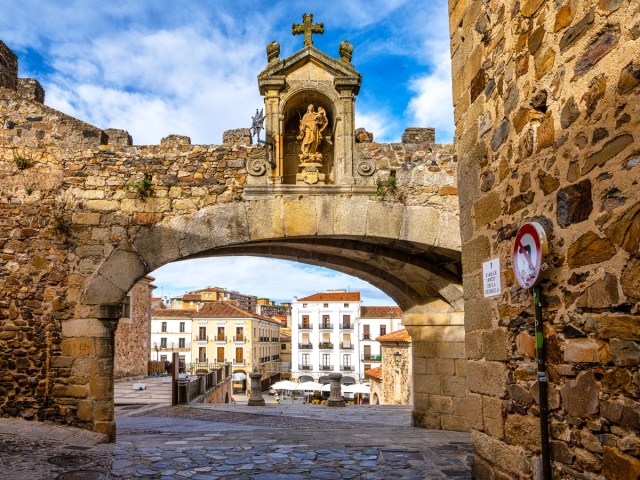
In 2023, Spain launched its Digital Nomad visa aimed at non-EU nationals. The application process is relatively straightforward, so long as you meet certain criteria. These include holding a university degree or having at least three years’ work experience in your chosen field. The visa is valid for a year, but it can be renewed for up to five years.
If you’re a digital nomad, you might consider relocating to a region that is one of Spain’s hidden gems: Extremadura. Here, one rural valley is hoping to entice those who can work anywhere with an attractive financial package. Under the “Live in Ambroz” program, remote workers who are eligible to reside in Spain can access grants of up to $16,000 USD.
It’s not the first place in Spain to tackle rural depopulation by advertising financial benefits for eligible outsiders keen to relocate. In the past, places such as Ponga in Asturias, Griegos in Aragon, and Rubia in Galicia have done so, too. But opportunities are limited, and offers don’t tend to last long, so act quickly if you’re interested.
United Kingdom
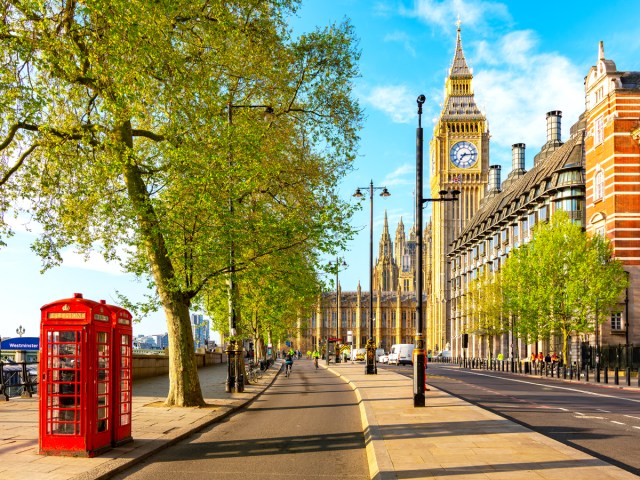
If you’re searching for countries that pay you to move there, the British government is eager to attract teaching talent from overseas as part of its “Get Into Teaching” program. If you’re a qualified physics or languages teacher, the program offers an international relocation payment of £10,000 GBP (about $12,700 USD) to help with moving costs, accommodation, and related expenses.
To qualify, you must already be in receipt of a teaching job offer in one of the approved subjects. Other conditions apply, too — for example, you must hold a relevant working visa and you can’t move to the U.K. more than three months before your start date. Applications open at the start of each term.
Italy
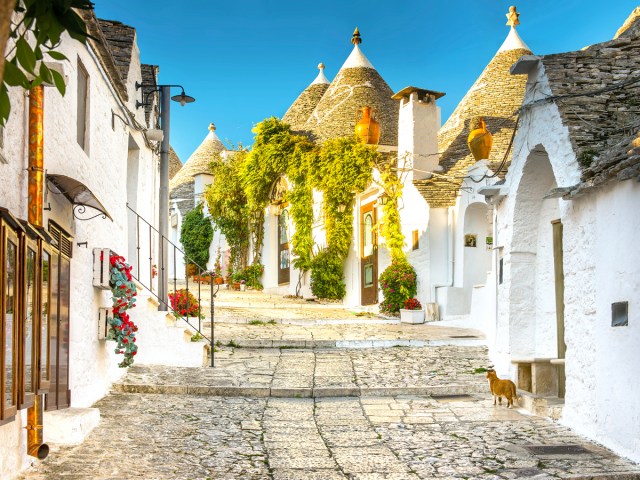
If you’ve ever dreamed of living la dolce vita in Italy, then purchasing one of its 1 Euro Houses could be the answer. Across the country, villages and towns experiencing depopulation faced an unsightly consequence — watching the condition of their abandoned housing stock deteriorate and local businesses close.
In a radical approach, some local authorities have signed up for a scheme in which outsiders commit to renovating and restoring these empty properties in exchange for an unbelievable bargain of an asking price — yes, really as low as 1 euro (though prices will vary). From the Valle d’Aosta in the north to Puglia in the south, a wide selection of Italian real estate is on offer.
Precise terms and conditions also vary, and fees and taxes will apply. Strictly speaking, Italy isn’t paying you to live there, but if you’re happy to put the work in and meet the necessary requirements, an Italian residence could be yours for a steal.
Chile
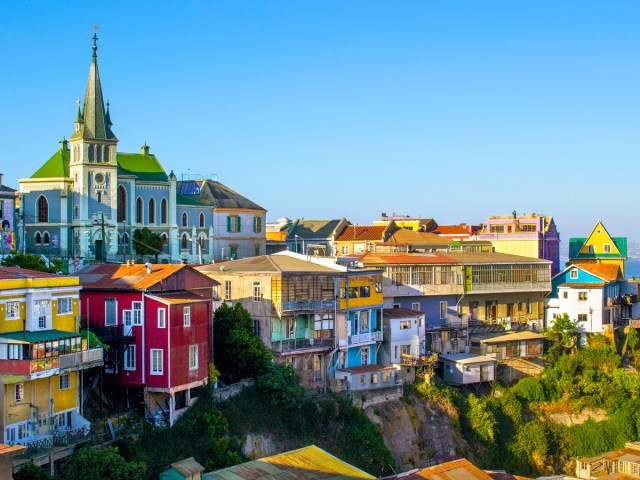
Chile’s extraordinary landscapes and vibrant cities make it an enticing destination for travelers. But entrepreneurs from around the world can find out firsthand what it’s like to actually live in Chile by applying for a program that has already given a leg up to startups led by individuals from 85 different countries.
Start-Up Chile launched in 2010 and is backed by CORFO, the Chilean Economic Development Agency. Interested parties can apply for equity-free investment to grow their company, but they need to demonstrate that their businesses are technology-focused, innovative, and scalable.
It’s not just about the money, as mentorship, networking, co-working space, and other industry support is also part of the package. Once you’re in possession of the requisite temporary resident visa (they’ll help with that, too) you’ll remain in Chile for up to 12 months before you can apply for permanent residency.
Pitcairn Island

If you truly wish to get away from it all, it’s possible to get a free parcel of land on Pitcairn Island. One of the most isolated places on Earth, the island is part of a British Overseas Territory in the South Pacific and has a population of around 50 people. There’s no airport, but residents qualify for discounted passage on weekly ship crossings to New Zealand, the nearest major country.
The Pitcairn government acknowledges that life in such a remote place isn’t for everyone. However, faced with challenges such as outward migration and an aging population, it has made it easier for foreigners to secure employment and a home, though, as of early 2025, the immigration process is currently on pause.
When applications open up again, those approved for settlement or permanent resident status are also eligible to apply for land. “New Migrant Home” plots are offered on a leasehold basis, subject to availability. These sites typically measure about 16,000 square feet in size, sufficient for a family home. The land is free, though you will have to front the cash to build a house on it.
Ireland

Island life might be more tempting if home base is just off the Irish mainland. In 2023, Ireland launched the Our Living Islands program in an attempt to repopulate 30 islands with a total combined population of fewer than 3,000 people. The smallest, Inis Bó Finne, is home to just a handful of permanent residents.
One aspect of the policy encourages people to renovate empty properties and turn them into permanent homes. While you can’t bypass Ireland’s immigration process, those already eligible to live in Ireland can apply for a Vacant Property Refurbishment Grant of up to 60,000 euros (about $62,350 USD) toward the cost of renovations. The payment rises to 84,000 euros ($87,300 USD) if the island property is considered derelict.
Portugal
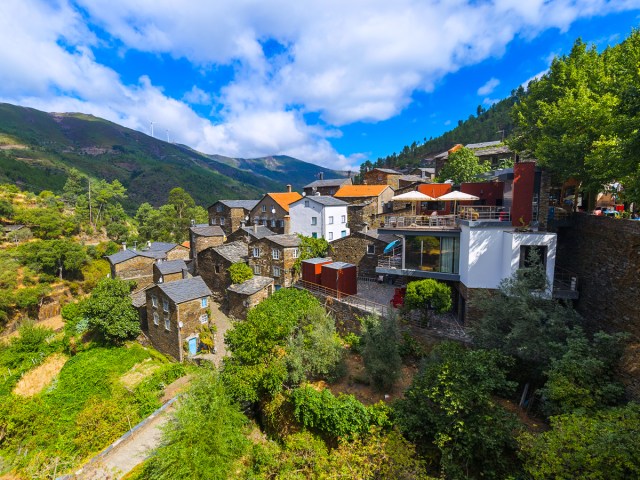
Portugal has a highly uneven population distribution, with the densest concentrations of settlement along the coast, particularly in cities such as Lisbon and Porto. Head inland and the situation is very different, so the Portuguese government has taken action in an attempt to even out its communities.
The Emprego Interior MAIS program is aimed at supporting struggling regions by incentivizing migration. The program launched in 2020, and a year later it was extended to foreign nationals. Those who qualify can receive financial support for their move to Portugal’s interior with a payment of 2,633 euros (about $2,740 USD), plus up to 878 euros ($910) to subsidize relocation costs.
To qualify, recipients of the grant must have the right to work in Portugal. They must have employment already lined up before the move, and it must be a permanent relocation (defined in this case as a contract covering a period of at least 12 months). The program is also open to remote workers, which makes it an especially attractive prospect for foreigners, particularly when you take into account the relatively low cost of living in Portugal.
More from our network
Daily Passport is part of Inbox Studio, which publishes content that uplifts, informs, and inspires.
















